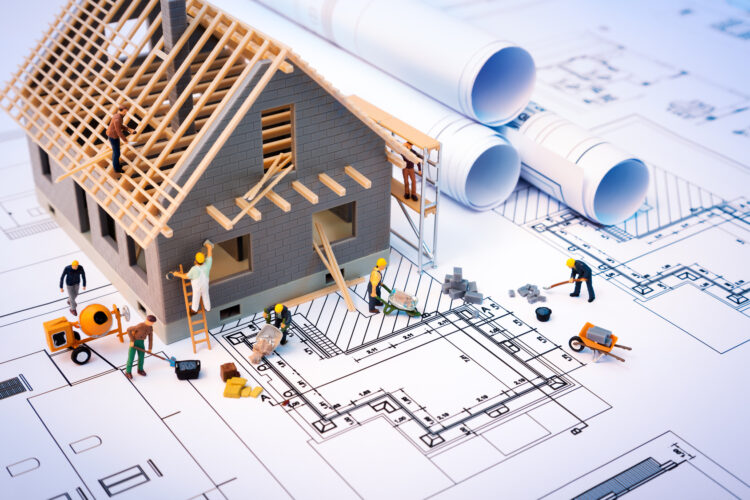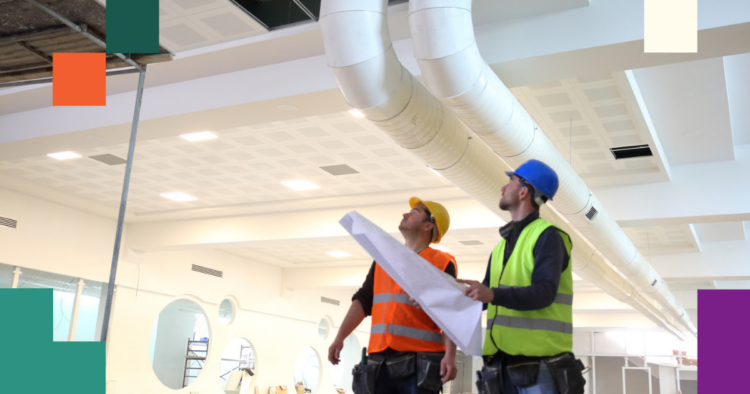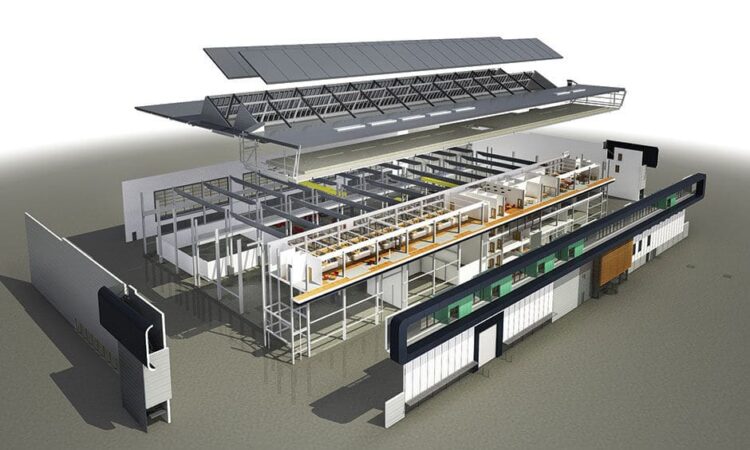From the early days of constructing shelters with primitive tools and raw materials, home building has come a long way, thanks to the innovations brought about by the digital age. Home building software, which utilizes advanced algorithms and interactive interfaces, is at the forefront of this technological revolution in the construction industry. It is transforming the way we design, build, and manage our living spaces, offering a host of advantages that streamline the entire building process and increase efficiency, accuracy, and productivity. This piece will delve into the role of home building software, illuminating its numerous facets that help bring an architect’s vision to life, from the initial concept to the ultimate completion of a home.
Page Contents
Understanding Home Building Software

Source: reliantconstruction.net
Home building software refers to a broad array of applications designed to assist with various aspects of residential construction. These tools aid in activities ranging from architectural design and visualization, cost estimation, project management, materials inventory, quality control, and more. The types of software available vary based on the building phase they cater to – design software for the planning stage, estimation software for budgeting, project management software for overseeing the construction, and so forth. Each type serves a specific function, yet they all work cohesively to streamline the construction process, enhance productivity, and ensure that the final result is a perfect alignment with the initial concept.
Design and Visualization
The initial phase of home building involves creating a vision, a concept of the final product. Home building software, with its state-of-the-art 3D modeling and virtual reality capabilities, enables architects and clients to visualize this concept before a single brick is laid. It provides an immersive, 360-degree view of the prospective home, making it possible to tweak designs, change layouts, or try different color schemes in real time. This interactive design process reduces the need for costly modifications later on, ensures that the client’s requirements are met and that the architect’s creativity shines through the final design.
Cost Estimation and Budgeting
In the construction industry, a realistic budget is as crucial as a compelling design. Home building software offers powerful cost estimation tools that accurately calculate the costs of materials, labor, and other overheads, providing a comprehensive financial roadmap for the project. It helps avoid budget overruns by alerting stakeholders about potential cost escalations and enables them to make informed decisions. Moreover, software-driven budgeting ensures transparency and accountability, building trust between clients and contractors, and paving the way for successful project completion.
Project Management and Scheduling

Source: buildertrend.com
Once the design is finalized and the budget set, the real work begins. Managing a construction project is a complex task, rife with challenges. Home-building software streamlines this process through task allocation, scheduling, and progress-tracking features. It enables efficient time management, ensures that every team member knows their role and deadlines, and allows project managers to monitor the progress in real-time. Furthermore, it fosters effective communication and collaboration among team members, ensuring that everyone stays on the same page and works towards a common goal.
Material and Inventory Management
Material procurement and inventory management are crucial aspects of home building. A slight miscalculation can lead to either wastage or a shortage of materials, both of which can derail the project timeline and budget. Home building software automates inventory management, tracking material usage, and alerting project managers about low stock levels. It ensures that materials are procured efficiently and used judiciously, leading to significant cost savings and a reduction in project delays.
Documentation and Permitting
Every construction project comes with a mountain of paperwork – contracts, permits, legal documents, and more. Home-building software simplifies this process by generating digital documents and storing them securely in the cloud. This not only makes it easier to manage and retrieve documents but also reduces the risk of loss or damage to critical paperwork. Furthermore, software-driven permitting ensures compliance with building regulations and standards, preventing legal complications down the line.
Quality Control and Inspections

Source: quickbase.com
To ensure that a home is safe, comfortable, and durable, it must meet the highest quality standards. This software aids in quality control by tracking inspections, monitoring compliance with building codes, and flagging potential issues before they become serious problems. By streamlining the inspection process, it helps identify and rectify defects promptly, resulting in a superior-quality home that stands the test of time.
Communication and Collaboration
Construction is a collaborative endeavor, involving various stakeholders – architects, contractors, clients, and more. Effective communication among these parties is paramount to the success of the project. It provides a unified platform for communication and collaboration, enabling stakeholders to share updates, discuss issues, and make collective decisions. It breaks down silos, fosters teamwork, and ensures that everyone’s voices are heard and considered, leading to better project outcomes.
Time and Resource Optimization
Time and resources are precious commodities in construction. HBS helps optimize both, resulting in increased efficiency and reduced costs. Through automation of routine tasks and data-driven decision-making, it saves time and eliminates guesswork. Additionally, it provides insightful analytics, revealing patterns and trends that can be leveraged to improve productivity, cut costs, and accelerate project completion.
Client Engagement and Satisfaction
One of the most significant benefits of home-building software is its ability to enhance client engagement and satisfaction. By offering visualizations, real-time updates, and interactive features, it makes clients feel more involved in the home-building process. Moreover, clear communication and transparency foster trust between clients and builders, ensuring that expectations are met and that the final product matches the client’s vision, resulting in a satisfying home-building experience.
Integration with Building Information Modeling (BIM)

Source: theconstructor.org
Building Information Modeling (BIM) is a 3D model-based process that gives architecture, engineering, and construction professionals the insights and tools to more efficiently plan, design, construct, and manage buildings. This software integrates with BIM systems, enhancing project coordination and collaboration. By leveraging BIM capabilities, architects and builders can visualize and simulate different construction scenarios, predict outcomes, and make better decisions, leading to improved project performance and higher-quality homes.
Conclusion
Home building software is revolutionizing the construction industry, offering myriad advantages that streamline the process from concept to completion. From design and visualization to budgeting, project management, material management, documentation, quality control, communication, time optimization, and client engagement, software tools are reshaping the home-building landscape.
As we continue to embrace these technological advancements, we inch closer to an era where home building is a seamless, efficient, and rewarding experience, ensuring that every home built is a perfect embodiment of the client’s vision and the architect’s creativity. It’s clear that the future of home building lies in the digital realm, and those who adapt to this change are poised to deliver high-quality homes more efficiently than ever before.





